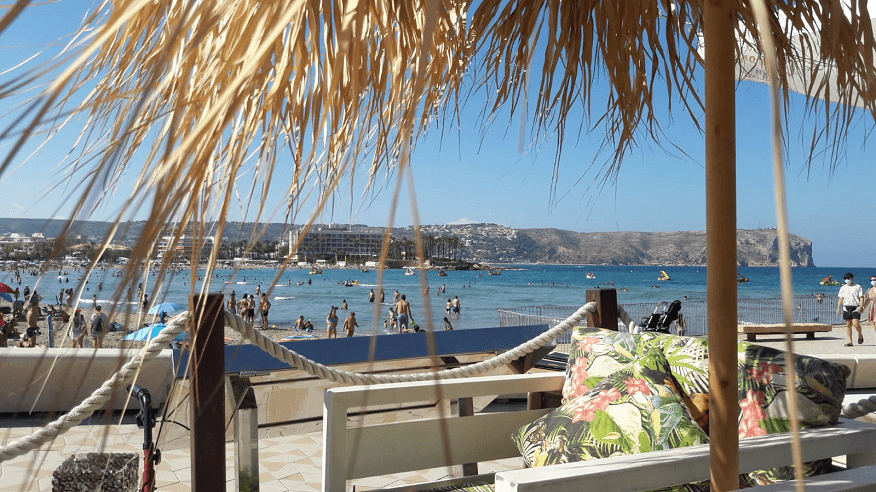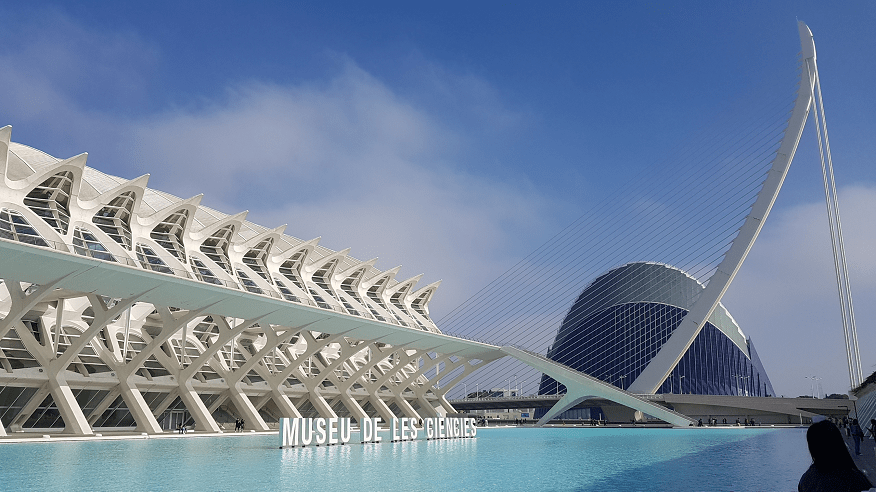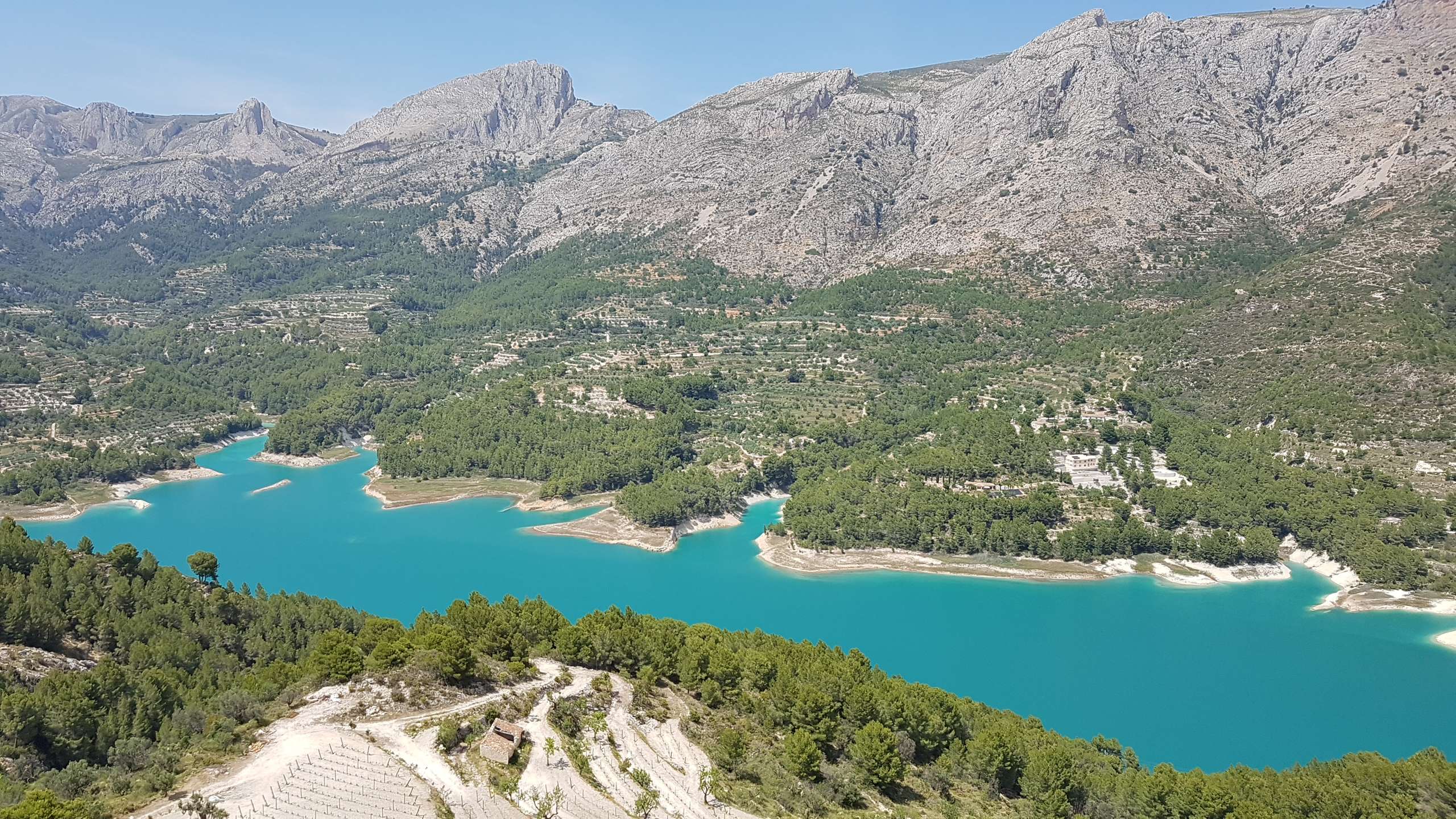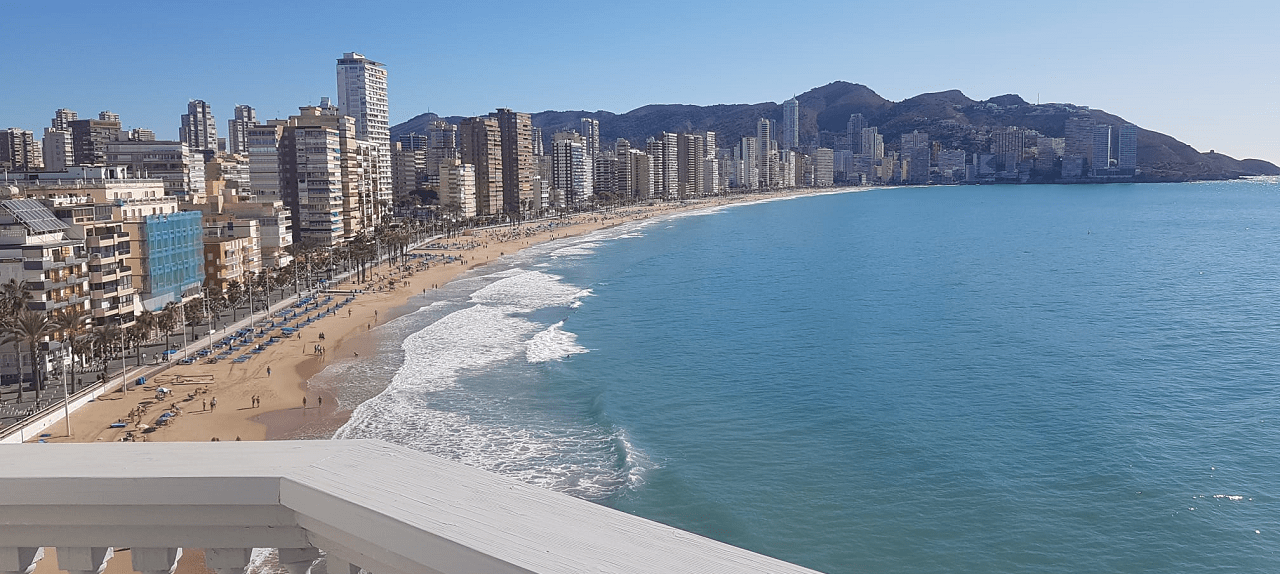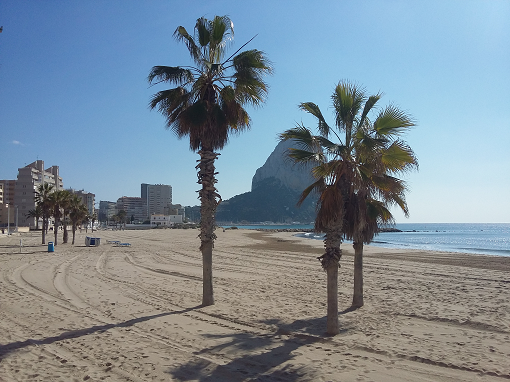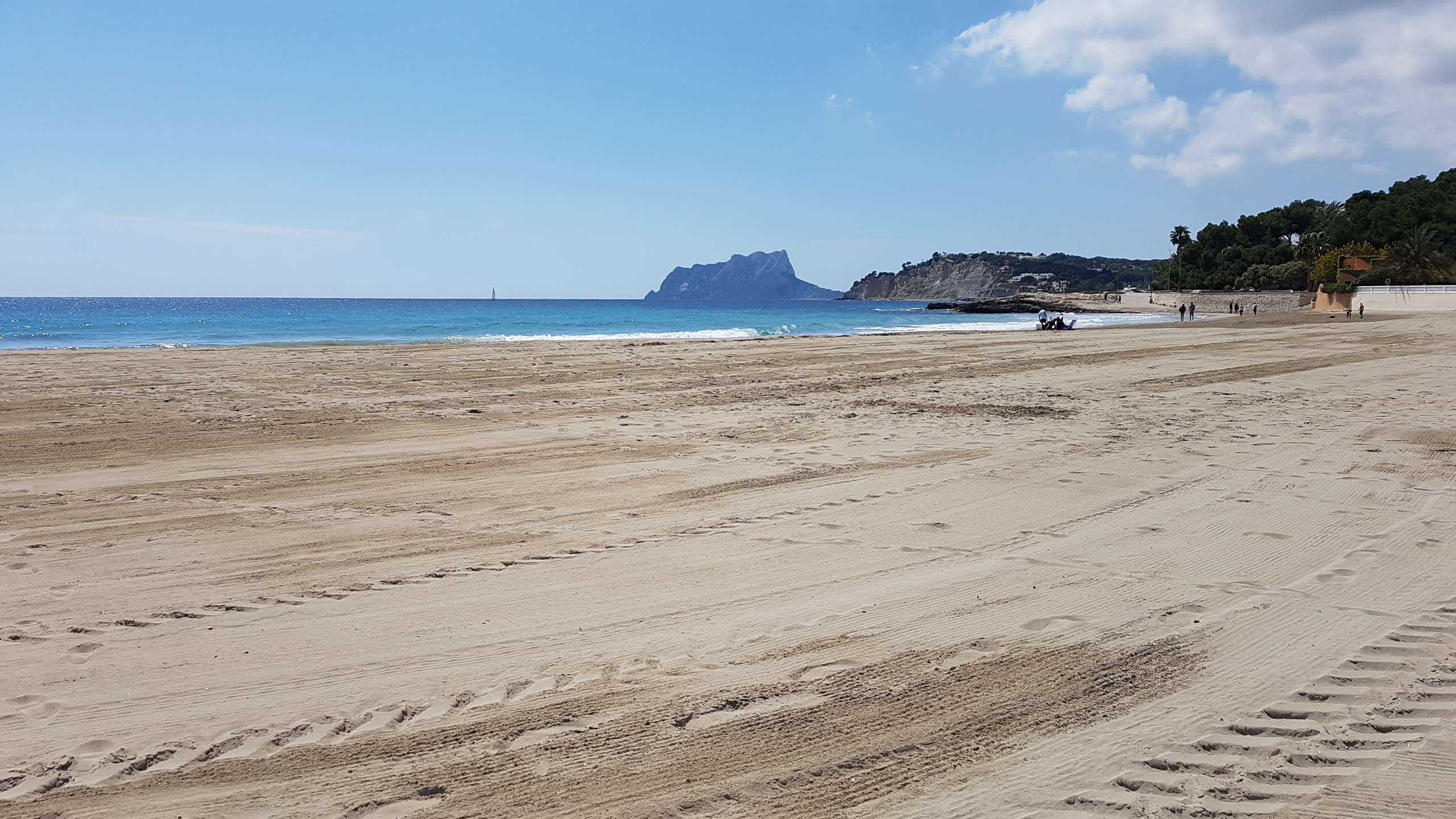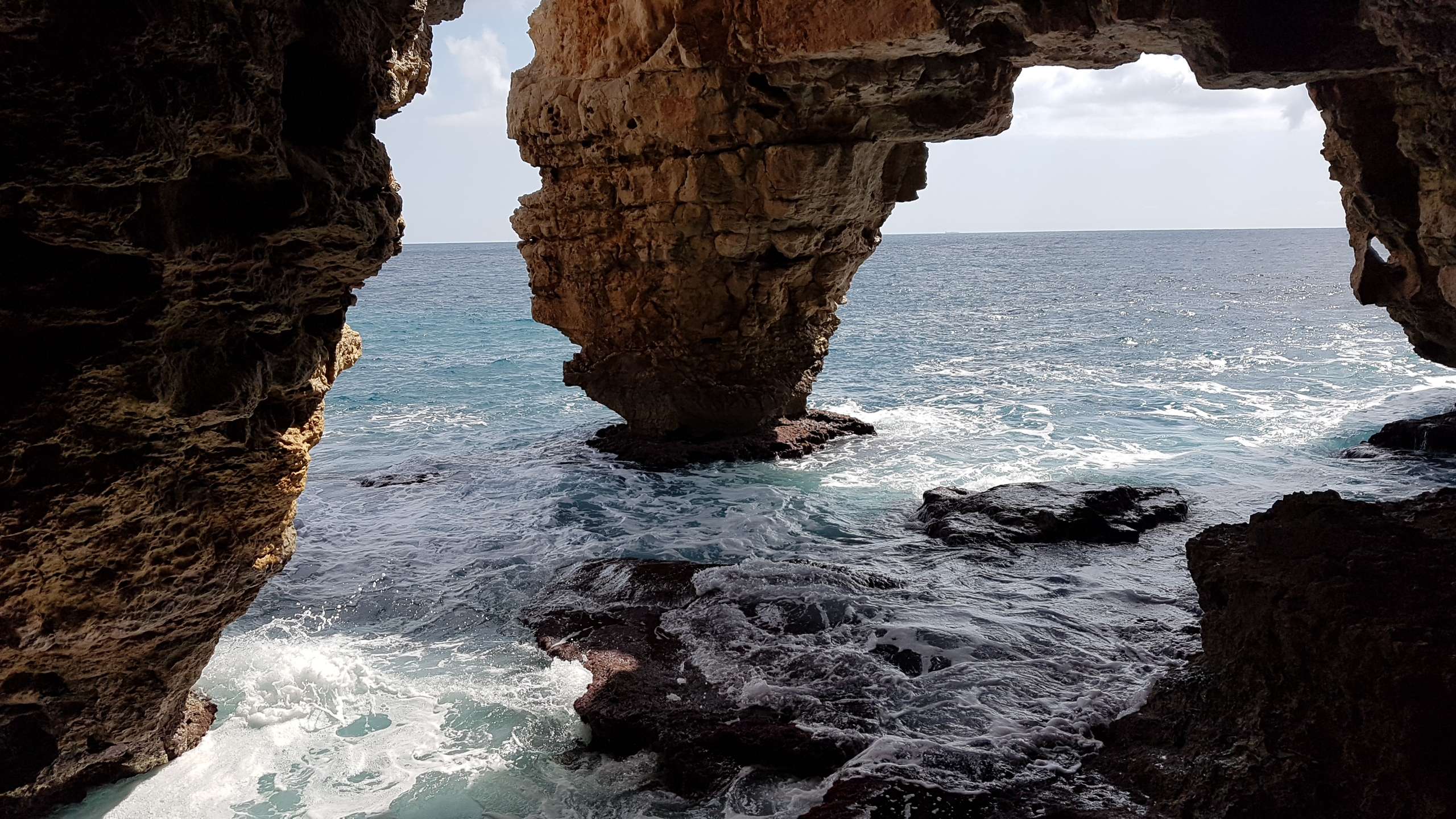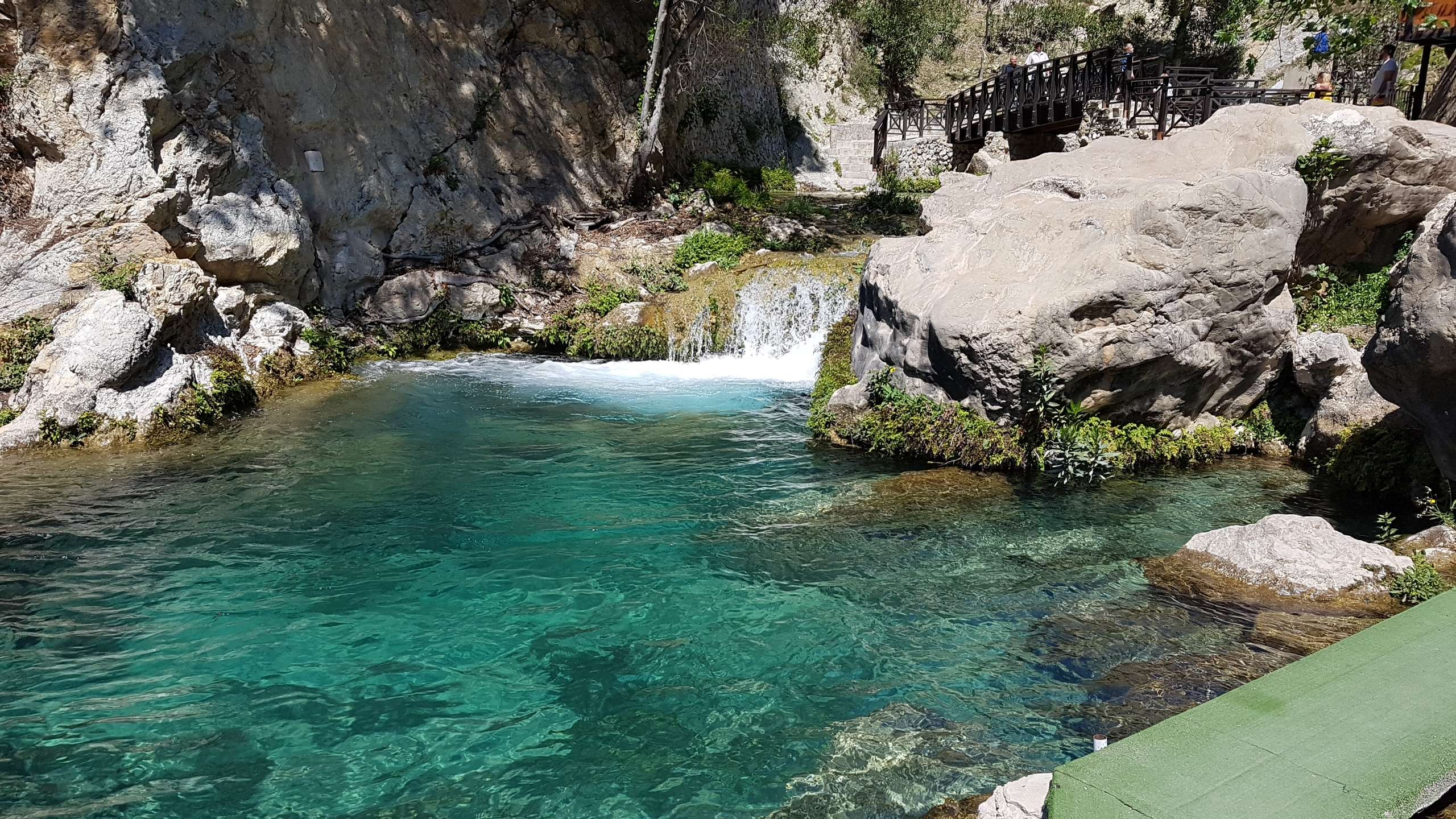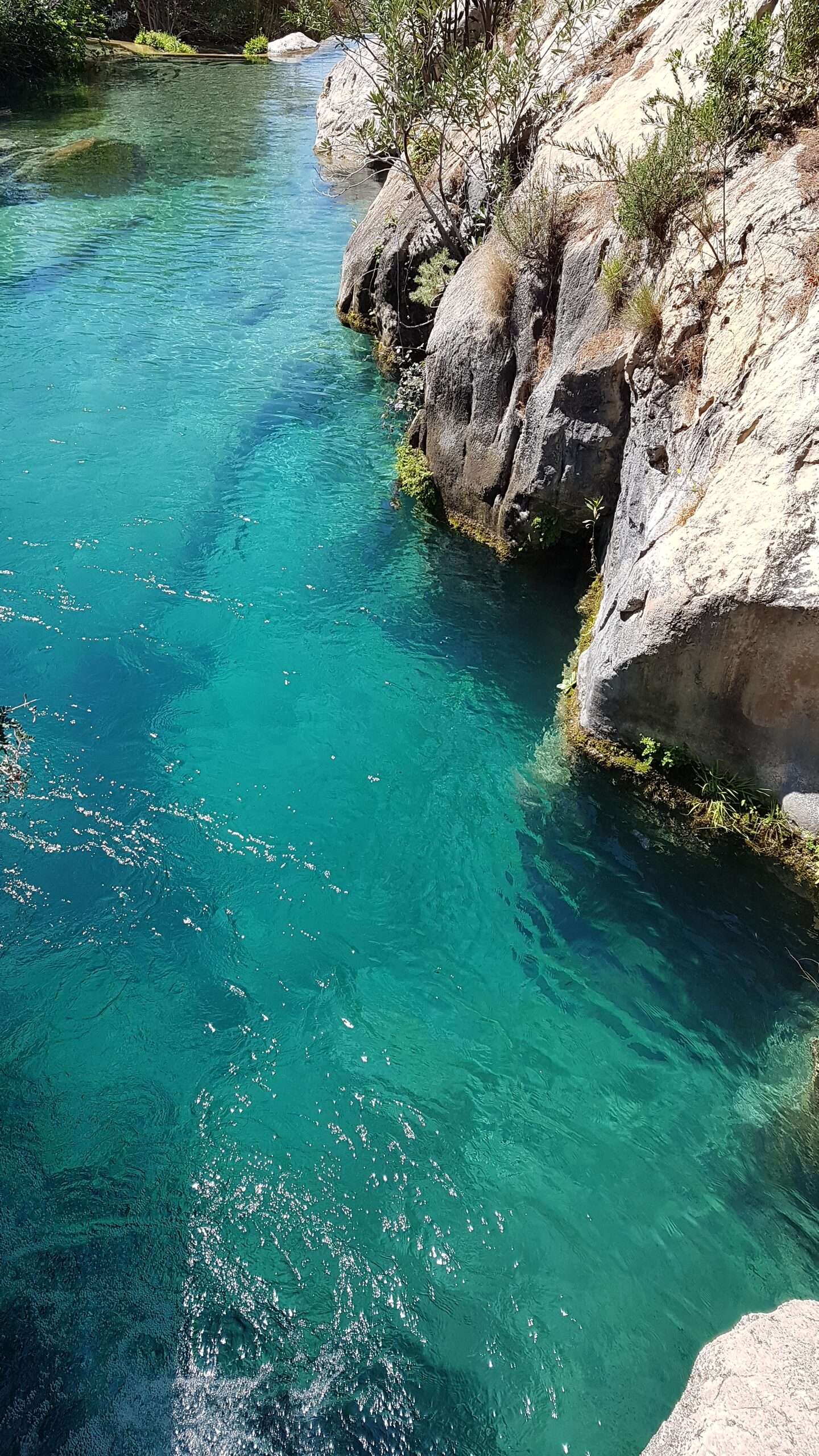Trips Further Afield.
For those that enjoy to incorporate day trips on their holiday, here are our suggestions:
Javea/Xàbia
This upmarket Costa Blanca resort deserves its popularity is one of our favourites. As you travel to Javea you pass the majestic Montgo massive, the elephant shaped mountain that can be seen from the beaches of Oliva and surrounding areas.
Javea is split into 3 areas, the historic old town, the attractive port area and the Arenal beach. Each area is worth a visit.
The well maintained, and interesting historical centre is a labyrinth of cobbled streets. These are lined both with little white houses and much grander town houses, along with remnants of the old city walls. There is also an attractive indoor market and large church.
The sweeping Javea Bay is home to the Arenal beach, approximately 500 metres long, with soft gentle sloping sands and populated with palm trees. The beachside promenade is lined with shops and buzzing restaurants making it a great place to spend time of the beach and to enjoy lunch or dinner.
The sculpture lined promenade of Javea Port is also well worth a visit with its many relaxed restaurants and tapas bars. Here the beach consists of white rocks and pebbles which enhances the colour of the sea and makes for stunning photographs. The marina and port are at the north end of the promenade and tucked just behind this area is the dramatic, avant-garde Church of Our Lady of Loreto. Built in the 1960’s its skeleton like structure is said to look like the hull of a ship.
Valencia
This fabulous city, Spain’s third largest, has so much to offer and is just a 1-hour drive north of Castello de Rugat. It’s known not only for its history but for its futuristic City of Arts and Sciences, which includes a planetarium, an oceanarium and an interactive museum.
A must see is the central plaza, Plaça de la Mare de Déu, also known as Plaza de la Virgen, which is one of the most beautiful and emblematic squares in the city. Here you will find a vast and wonderful fountain, the Font del Turia, and just behind, Valencia’s cathedral which houses The Holy Chalice. If you are feeling energetic you can climb up the 207 steps of the bell tower and enjoy a 360º view of the city.
Tip: Driving in Valencia is challenging, with many roads limited to buses and taxis, and parking can be difficult. For a more relaxing trip, you can catch a train from Xativa, Xeraco or Gandia. (There is free parking outside Xeraco station). Alternatively, we suggest parking on the outskirts of Valencia, or even at the airport, and taking the bus or train into the centre.
Combined Trips.
When we have first time guests visiting we usually combine at least two of the following suggestions to make a full day out:
Altea
Perched high on a hill over-looking the Mediterranean Sea, Altea’s old town is one of the most picturesque and charming towns in the area. Its blue and white domed church and winding, hilly, pedestrianised streets of white painted houses, small craft shops and restaurants is a photographer’s delight.
The popularity of Altea means it has a choice of restaurants making it a great spot for lunch or dinner.
Note – parking is almost non-existent in Altea old town but there are free carparks around the outskirts. An alternative is to park down at the beachfront and either walk up or catch the small tourist train. (The walk up is quite steep and therefore demanding, especially on a hot day).
Tip: The quickest way to drive the approximately 52 miles to Altea is to go head towards Oliva and take the AP7 towards Benidorm. However, if you aren’t daunted by winding country roads, and appreciate rugged unspoilt countryside and mountain views, we recommend taking a cross country route and visiting Guadalest first. You can then come home by the quicker, and much less demanding, AP7. (Depending on which cross country route you take, it is about 1 hour to Guadalest and then 30 minutes down to Altea near the coast).
Guadalest
Of Arabic origin, Guadalest is another one of the most popular tourist attractions in the area. This historic village and its castle are dramatically perched on a tiny 500 metre high pinnacle rising up into the sky. To get to the castle you walk up a steep hill through a natural tunnel of rock. The views from here, with the mountains in the background and reservoir below, are spectacular.
Being a tourist destination, it is well served with gift and craft shops, plus a handful of restaurants and small museums, both in the lower part of the village and higher up through the tunnel.
Tip: Because it is such a popular destination, we would advise you to visit in the morning and to avoid the weekends, especially in summer.
Benidorm
Many people who have never been to Benidorm judge it harshly. However, the fact that it gets around 5 million visitors a year suggests it is doing something right. This is the reason we usually take visitors there for a short visit, so they can experience it for themselves. If you have never been, and want to make up your own mind, it is less than 60 miles away, so approximately 1hr 10 if you take the AP7).
If you do decide to visit, we recommend going to the Old Town and its Balcón del Mediterraneo, a viewing point looking out to sea and over the cove of Cala de Mas Pas.
On the outskirts of Benidorm are various theme parks including Terra Mitica, Terra Natura and water parks. Although most are currently closed they hope to open again in June.
Calpe
Calpe’s unique feature is the dramatic “Penon de Ifach” rock which rises 332m above the sea and seperates the town. The rock is a actually a nature park, the Parque Natural de Penyal D’Ifach, with a path right to the top where there great views, even to the island of Ibiza on a clear day!
Calpe (or Calp to locals) has grown from a small fishing village to a popular holiday resort with long, wide, sandy beaches on either side of the Penon de Ifach rock. Both beaches hold the blue flag for cleanliness and are surrounded by pubs, clubs and restaurants.
The town also has various Roman, Iberian and Arab archaeological sites which include Els Banys de la Reina ruins of a Roman Villa (the Queen’s Baths).
Another popular attraction is the large salt lagoon, Las Salinas that attracts flamingos and other birds.
Moraira
A small upmarket, resort on the coast not far from Javea. It has grown from being a small fishing village into an attractive holiday resort and has a relaxed, low-key atmosphere popular with older holiday makers.
Just outside the main town of Moraira is the beautiful beach at El Portet with a few lovely restaurants right on the sea front. The coastline in this area is rocky with small scenic beaches.
Note: this cove and others (Cala del Moraig, Platja de la Granadella, Cala del Portitxol and Cala Blanca) get very busy in summer so, with limited parking, are places best visited out of the main season.
Fonts del Algar
The scenic Fonts del Algar are located between Benidorm and Guadalest. A small valley with river running through over waterfalls and into pools, this is a popular tourist attraction. Swimming is possible in a choice of seven pools with year round temperatures of 18 degrees.
Limited free parking is available close to the entrance with additional parking a little further away. Entry with glass containers and alcohol is prohibited and food is not allowed during peak season. However, there is a picnic area outside the entrance and a number of restaurants in the vale leading to the Fonts.
There is a small entrance fee (around €5 for adults and €2 for children) with prior booking currently necessary due to covid (details accurate as at March 2022).
Check out the website for restrictions before planning your visit.
Tip 1 – due to many steps and rough paths, the Fonts are not suitable for pushchairs, wheelchairs or visitors with limited mobility.
Tip 2 – as the attraction is close to Benidorm, the Fonts do become very busy in peak season with many buses arriving full of day trippers.
